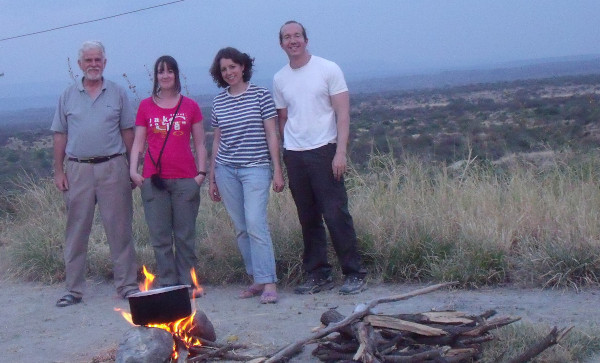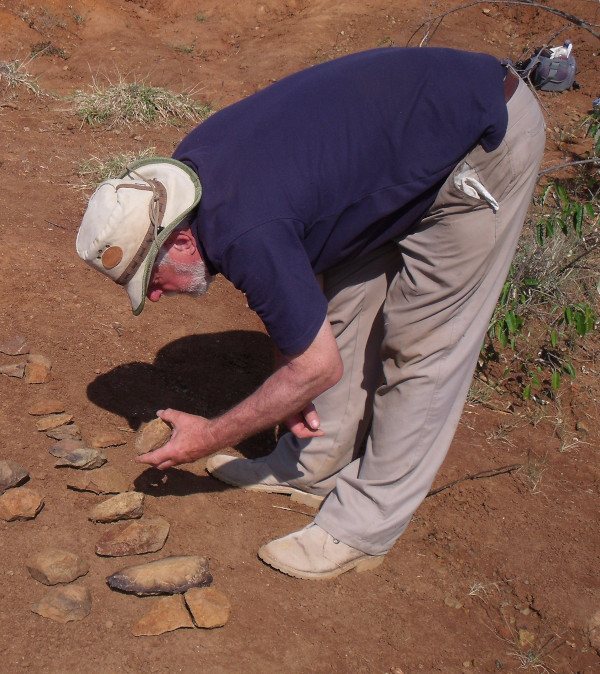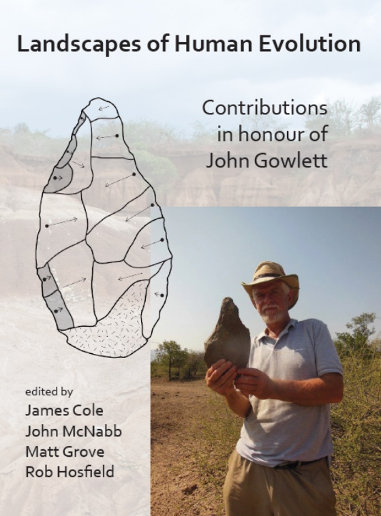Celebrating the research of Professor John Gowlett
Posted on: 2 April 2020 by Dr Matt Grove and Professor Anthony Sinclair in 2020 posts

When and why did human ancestors begin to master fire? How did we come to have such large brains, or to develop language? Why did handaxes – such a fundamental element of the prehistoric archaeological record – persist for more than a million years? Do they reflect social norms or ‘design rules’ passed on from one individual to another? These questions – and many more – have been central to the research of our very own Prof. John Gowlett during the course of his career. And through John’s research, they have become central issues for understanding human evolution.
To celebrate John’s substantial contribution to these debates a broad, multi-disciplinary and multi-national group gathered at the Royal Anthropological Institute in London last month. Many of us – students and staff – have benefitted greatly from John’s influence over the years, be it via teaching and supervision, fieldwork in Kenya, or simply his encyclopaedic knowledge of all matters Palaeolithic.

The meeting was timed to coincide with the release of Landscapes of Human Evolution, a Festschrift – a collection of papers written in honour of an academic colleague. Landscapes of Human Evolution presents 14 research papers by eminent colleagues who recognise the profound value of John’s contribution to our subject and wished to honour it by writing something special. They include new research on landscape analysis, brain size evolution, diversity and adaptation in human evolution, Australopithecine postcrania, fire and, of course, handaxes - their weight, number and certain examples with zoomorphological tendencies!
ACE was well represented, not least by two of John’s close collaborators on his new work at Kilombe, a remarkable Lower Palaeolithic site in Kenya’s central Rift Valley. Caroline Komboh, a current PhD student of John’s, gave an engaging presentation on current understandings of the palaeogeography of the Kilombe caldera and the impact of John’s archaeological research there to the life of the local community. Dr Sally Hoare, a former PhD student of John’s now undertaking postdoctoral research in ACE, reported on an intriguing Middle Stone Age assemblage from the same region.
All in attendance – and those Skyping in from afar – had a thoroughly enjoyable couple of days in joyous celebration of an esteemed colleague.
Discover more
Study in the Department of Archaeology, Classics and Egyptology at the University of Liverpool
Learn more about Professor John Gowlett
Keywords: john gowlett, archaeology, anthropology, kilombe, kenya, research, liverpool, study, university.
